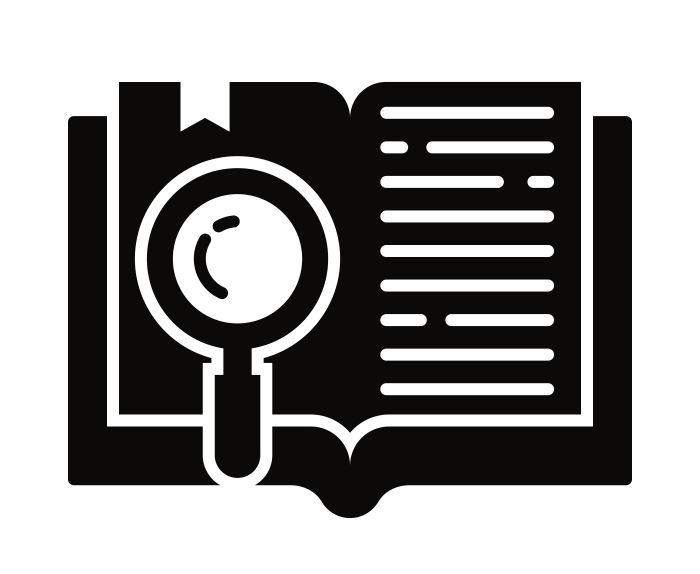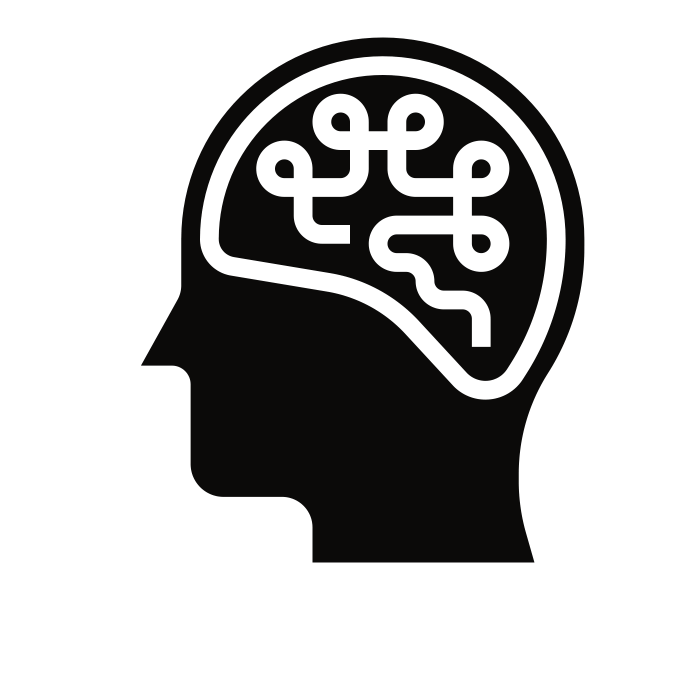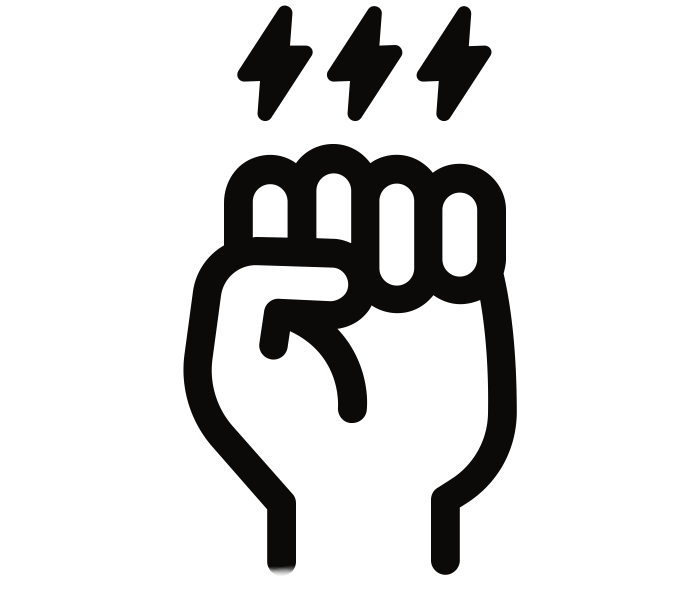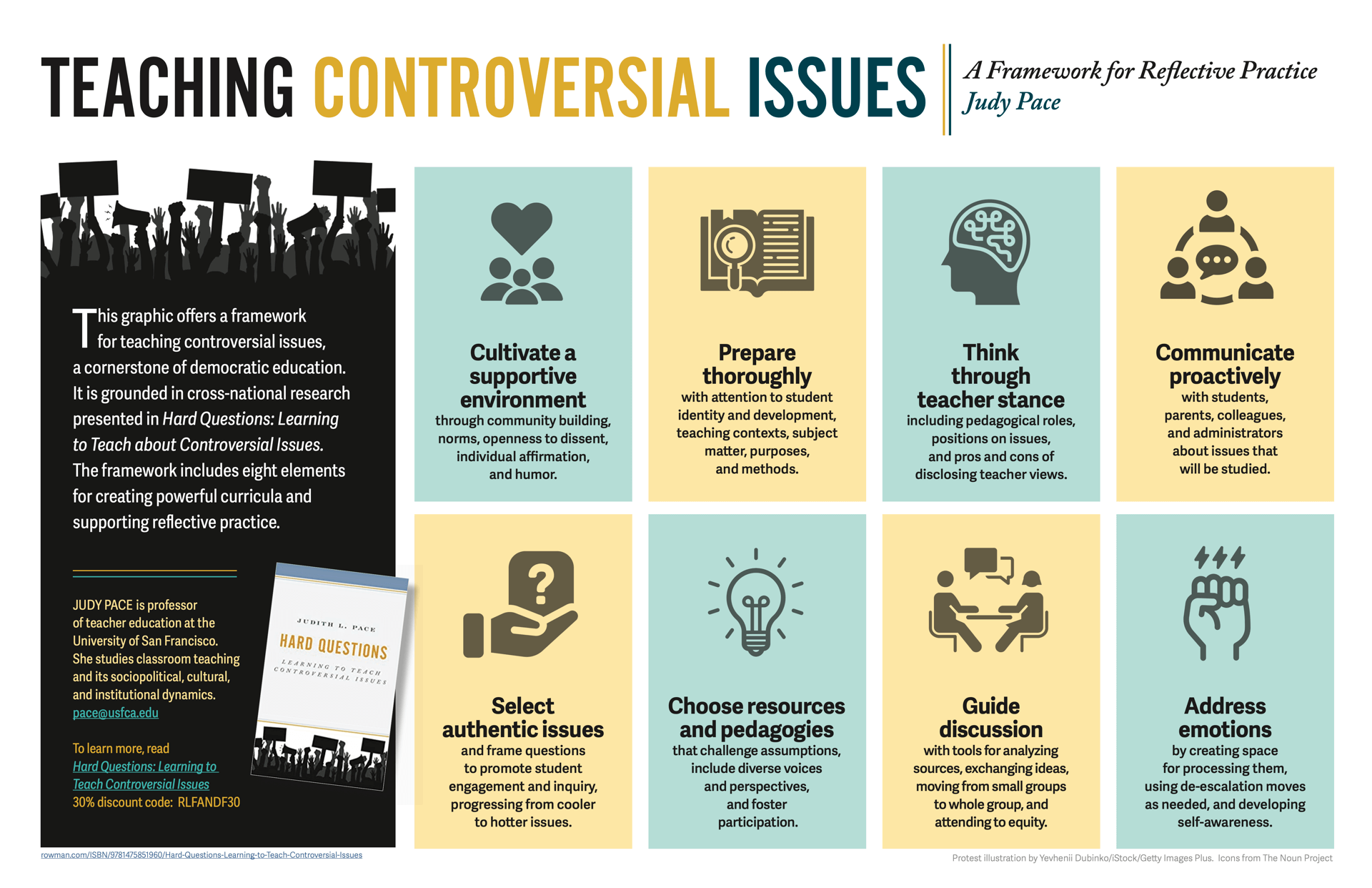Framework
This page features a research-based framework for reflective practice that embodies the grounded theory of contained risk-taking explained in my book, Hard Questions: Learning to Teach Controversial Issues. Click on each element of the framework below for a curated set of teaching strategies and resources.
1. Cultivate a supportive environment

Teachers learn about their students to build a culturally responsive climate of trust. They affirm students’ diverse identities. They foster group cohesion through community building, warmth, and humor. And they promote collaborative learning in which all students’ contributions are valued. Teachers and students collectively establish and practice norms such as active listening, respectful dissent, sensitivity towards others, and open-minded perspective taking.
Resources
- Back to School 2021: Building Community for Connection and Learning|Facing History and Ourselves. "This collection of resources will help you build a foundation of community and care" as you start the school year."
- Let's Talk! | Learning for Justice This guide helps teachers plan and facilitate conversations about "historical roots and contemporary manifestations of social inequality and discrimination" with topics such as "white privilege, police violence, economic inequality and mass incarceration."
- Talking Across Divides: 10 Ways to Encourage Civil Classroom Conversation On Difficult Issues|New York Times. These strategies help with "fostering respectful and productive conversations, both online and off."
- Leveraging Norms for Challenging Conversations | Radcliffe-Harvard. This toolkit provides thorough guidance on purposes of discussion norms, how to develop them, and how to address norm violations along with references and additional resources.
2. Select authentic issues

Teachers select controversial issues relevant to their subject matter and make judgments about which ones are open versus settled and empirical vs. normative. They choose issues important to explore from multiple, legitimate perspectives. Teachers frame questions that generate inquiry and discussion on these perspectives. Classes start the school year with issues that are less contentious and build to politically and emotionally charged issues.
Resources
- Professional Judgment and Deciding What to Teach as Controversial|McAvoy & Ho. This article discusses teachers' views about what issues to teach as controversial given relevant evidence and how they frame those issues. They offer practical guidance for teacher decision-making when teaching controversy.
- Teaching About Controversial Topics (Issues)|Diana Hess. This video addresses questions such as: What are controversial issues (vs. topics or problems)?, What are open vs. settled issues and empirical vs. policy issues?, and What are best practices in getting students to engage in discussion of controversial political issues?
- Controversial Conversations: Open & Settled Questions|Levinson/McAvoy & Hess). This is a discussion activity developed by Paula McAvoy and Diana Hess and adapted by Meira Levinson for educators to think about what are settled vs. open controversial issues. Please note that it is periodically updated.
- What is the QFT? - Right Question Institute. Question Formulation Technique (QFT) offers useful strategies for collaborative development of questions that drive inquiry and discussion.
- Collaborative deliberation in the classroom - kappanonline.org. Keith Barton and Li-Ching Ho explain how the selection and framing of issues, part of their collaborative deliberation model, supports inclusiveness and mutuality within diverse student groups, providing guidance and examples.
3. Prepare thoroughly

Once teachers have cultivated a supportive environment and selected issues to teach, they broaden and deepen their content knowledge on these issues. They develop a robust purpose, rationale, and goals for lessons. Teachers select or create curriculum that is developmentally appropriate and instructionally sound. They plan thoughtfully to handle misconceptions, misinformation, and resistance to new ideas based on knowing their students, schools, and communities.
Resources
- Difficult Dialogues|Center for Teaching|Vanderbilt U. "This guide seeks to help teachers feel more confident leading difficult dialogues by encouraging reflection on how such discussions connect with larger learning goals, and by providing specific strategies and resources."
- A 4-Part System for Getting to Know Your Students|Cult of Pedagogy. This resource provides a system for collecting and storing information about each student in the classroom that aids relationship-building and student support.
- Teaching About Controversial Issues: A Resource Guide|Choices Program. This resource guide "begins with why it is important to teach about controversial issues and then provides tools and resources for creating guidelines for discussions, facilitating discussions, teaching about controversial issues, and garnering support from administrators and parents."
- Civic Online Reasoning |SHEG. Media literacy is essential. This website has "lessons and assessments that help you teach students to evaluate online information that affects them, their communities, and the world."
- Podcast Series: Confronting Controversial History / Historical Association. This podcast series with Natasha Robinson and Jason Todd provides insights on teaching about Race, Empire, Northern Ireland, the Holocaust, Migration, Partition of India, Apartheid, and Teaching Controversial History at Primary School.
- Education for Sustainable Democracy. Brett Levy’s podcast features interviews with innovative educators and scholars on teaching controversial issues and, more generally, preparing young people for “informed civic engagement, environmental stewardship, and the development of a more just and peaceful world.”
4. Choose resources and pedagogies

Teachers carefully select rich resources and pedagogical approaches to stimulate thinking and provide entry points to discussion. They design inquiry-based activities that teach students how to critically evaluate sources. They use discussion activities that allow many voices to be heard and align with the issues and students’ identities. Structured Academic Controversy (SAC) is a popular research-based model for deliberating on issues. Teachers ensure it does not set up a “false equivalence” that normalizes ill-informed or offensive viewpoints. Other discussion methods include Socratic seminar, walking debate, town hall, and case study.
Resources
- Civic Discussion & Deliberation|Civic Education Research Group. This series of videos on civic and political discussion in classrooms was made by CERG in collaboration with the Chicago Public Schools. One features the structured academic controversy (SAC) method of deliberation.
- Curriculum Materials|Constitutional Rights Foundation. "Constitutional Rights Foundation is dedicated to removing barriers, especially for underserved communities, to assure equity and justice in access to civic education." Their curriculum materials include lessons on controversial political issues and history.
- Resources|Street Law, Inc.. Street Law advances "civic and law related education to empower all people to positively transform their world." Their free materials, which include teaching strategies, explore issues through deliberations, mock trials, moot courts, and SCOTUS cases.
- Case Studies |Justice in Schools. Justice in Schools uses research-based normative case studies to engage educators -- and students -- in examining and discussing ethical dilemmas of practice and policy that involve controversial issues related to education.
- Structured and Deliberative Discourse | Integrated Action Civics Project. The UC Berkeley History-Social Science Project offers resources and guidance on robust approaches to deliberative discourse on challenging issues and topics.
5. Think through teacher stance

Teachers reflect on their own views, the roles they adopt during discussion, and whether to disclose their views. They take up roles to advance student participation, critical thinking, and well-being. If the class is stuck in groupthink, a teacher might play devil’s advocate. Or if a student is expressing an important minority perspective, the teacher may take up the role of ally. Scholars have done research on the complexity of disclosure. While teachers stand up for justice and denounce abuses of human and civil rights, they think carefully about whether, when, and how to disclose specific views, weighing potential consequences for themselves and their students.
Resources
- Political Discussion in the Classroom: What should educators be trying to do? | McAvoy. This short article emphasizes the educative role of teachers during political discussions and how to be supportive even when students make offensive comments.
- Teacher Political Disclosure | Geller. This abridged version of a research article discusses teachers' views on political disclosure during the Trump era. It offers practical guidance on how teachers' political opinions can be "used in ways that are responsible, professional, and help students learn."
- Teaching Controversial Issues through Education for Democratic Citizenship and Human Rights | Council of Europe. See pages 52-54 in this comprehensive teaching guide for explanation of different roles teachers can play during discussion of controversial issues.
- A Qualitative Look at the Effect of Teacher Disclosure on Classroom Instruction | Journell. This research article applies Kelly's (1986) typology of teacher stances during controversial issues discussion to a qualitative study of teachers' approaches during the 2008 Presidential election.
6. Guide discussion

Teachers use questioning, discussion formats, and protocols to guide small and large group discussions. They facilitate exchanges among students rather than defaulting to teacher-student recitation. Authentic questions and uptake of student ideas are key. Teachers foster development of discussion skills with tools, such as sentence frames, but they do not interfere with students’ exchange of ideas. Using class norms, teachers work towards equity among participants so that traditional power hierarchies are disrupted and all students feel heard.
Resources
- Current and Societal Issue Discussion Toolkit | Illinois Civics Hub. This toolkit includes guidance on norms, texts on issues, and additional resources for facilitating discussion on controversial and sensitive issues.
- Discussion Protocols|Harvard GSE. This annotated list of 19 discussion methods has hyperlinks to explanations and suggestions for enacting them.
- Classroom Protocols | EL Education. This extensive guide includes discussion protocols along with strategies for scaffolding student participation and learning.
- The Big List of Class Discussion Strategies | Cult of Pedagogy. This is an organized set of "15 formats for structuring a class discussion to make it more engaging, more organized, more equitable, and more academically challenging."
7. Communicate proactively

Teachers communicate their curricular rationales to parents and administrators in advance. They make clear that the goal of teaching controversial issues is not to indoctrinate, but for students to examine multiple perspectives and form their own views. Teachers let students know the controversial issues they will be studying. If lines of communication are open, stakeholders are far less likely to feel threatened.
Resources
- Teaching Controversial Issues - History|Oakland Unified SD. A sample letter to parents is hyperlinked on this web page under "Knowing when to inform principals and parents."
- Your Roadmap for Teaching Controversial Issues |iCivics. See the video "Talk the talk: Communicating with stakeholders."
- Teaching Controversial Issues in a Time of Polarization|Kawashima-Ginsberg & Junco. The authors ask "how discussion of controversial issues . . . can be more widely deployed so that all students, regardless of their background, have access" to them. They focus on the role of families and principals.
- DemocracyReady NY |Teachers College. This vision statement on civic education responds to recent challenges to open classroom discussion of controversial issues, current events, and truthful history.
- Dealing with parents when teaching sensitive and controversial issues – EuroClio – Inspiring History and Citizenship Educators. Mikhail Mogutov and Bjorn Wansink offer a manual for school leaders and teachers that includes valuable knowledge and conflict resolution strategies to handle tensions with parents around teaching sensitive and controversial issues.
8. Address emotions

When teaching issues that hit home, teachers balance affective and intellectual engagement. They provide a space to process emotions and help students reflect on their feelings and gather their thoughts. They get students to think metacognitively about what underlies emotional reactions. Teachers anticipate and acknowledge feelings of discomfort that may be part of the learning process and are careful not to demonize or alienate students.
Resources
- Facilitating Hot Moments in Classroom Discussion Handout FINAL | Harvard GSE. These handouts help educators prepare for "productive conversations on challenging topics" and tensions and "hot moments" that may arise.
- Seven Resources for Teaching Controversial Issues | U. of Calgary. This set of resources helps educators deal with student resistance to critical thinking, discussion of racial conflict, managing hot moments in the classroom, and other challenges.
- Working with Strong Emotions in the Classroom | Beyond Intractability. This guide advises teachers on how to handle unexpected emotional reactions as well as emotional responses to "planned discussion of 'hot' topics."
- Culturally Responsive Teaching and the Brain | Zaretta Hammond. This blogcast discusses how to generate humanizing interactions, trust, and positive emotions.
See the Framework in Practice
Parts of the reflective practice framework can be seen in the efforts of a student teacher in Northern Ireland (NI) featured in my book, Hard Questions: Learning to Teach Controversial Issues. Margaret wanted her Government and Politics class to investigate who should qualify for government compensation as a victim of violence during “the Troubles” — the devastating 30-year period of conflict during the latter part of the 20th century. She chose this question because it was the subject of debate between the two main political parties in the NI government, the right-wing Democratic Unionist Party (DUP) with roots in the Protestant community and loyalty to Britain, and Sinn Fein, the left-wing party that came out of the Catholic community and wanted to join the Republic of Ireland. She decided to conduct a deliberation (structured academic controversy) after learning it was preferable to a debate because it made students take up different perspectives instead of trying to win a competitive argument.
Margaret prepared by researching the controversy within the Northern Irish Assembly and putting together a packet of sources including proposed legislation and excerpts from a question-and-answer session in which politicians argued over how to define a victim. She gave students a class period to examine the sources and prepare arguments for the deliberation, which took place the following day. For homework, she invited students to find additional sources that expanded or supported their arguments. She understood that, although it was not an emotionally charged topic for young people, it was difficult for students at her Catholic school to argue on behalf of the DUP. Margaret listened as a few of them expressed their feelings and assured them they didn’t have to believe these arguments, but it was important to understand them as a source of ongoing division. She considered it a successful lesson and was proud of her students’ engagement.
This example is an excerpt from a Brown Center Chalkboard blog post: Teaching controversial issues when democracy is under attack
PDF Downloads
- Landscape-oriented PDF: download here
- Portrait-oriented PDF: download here
Design work provided by Studio Mitchell
